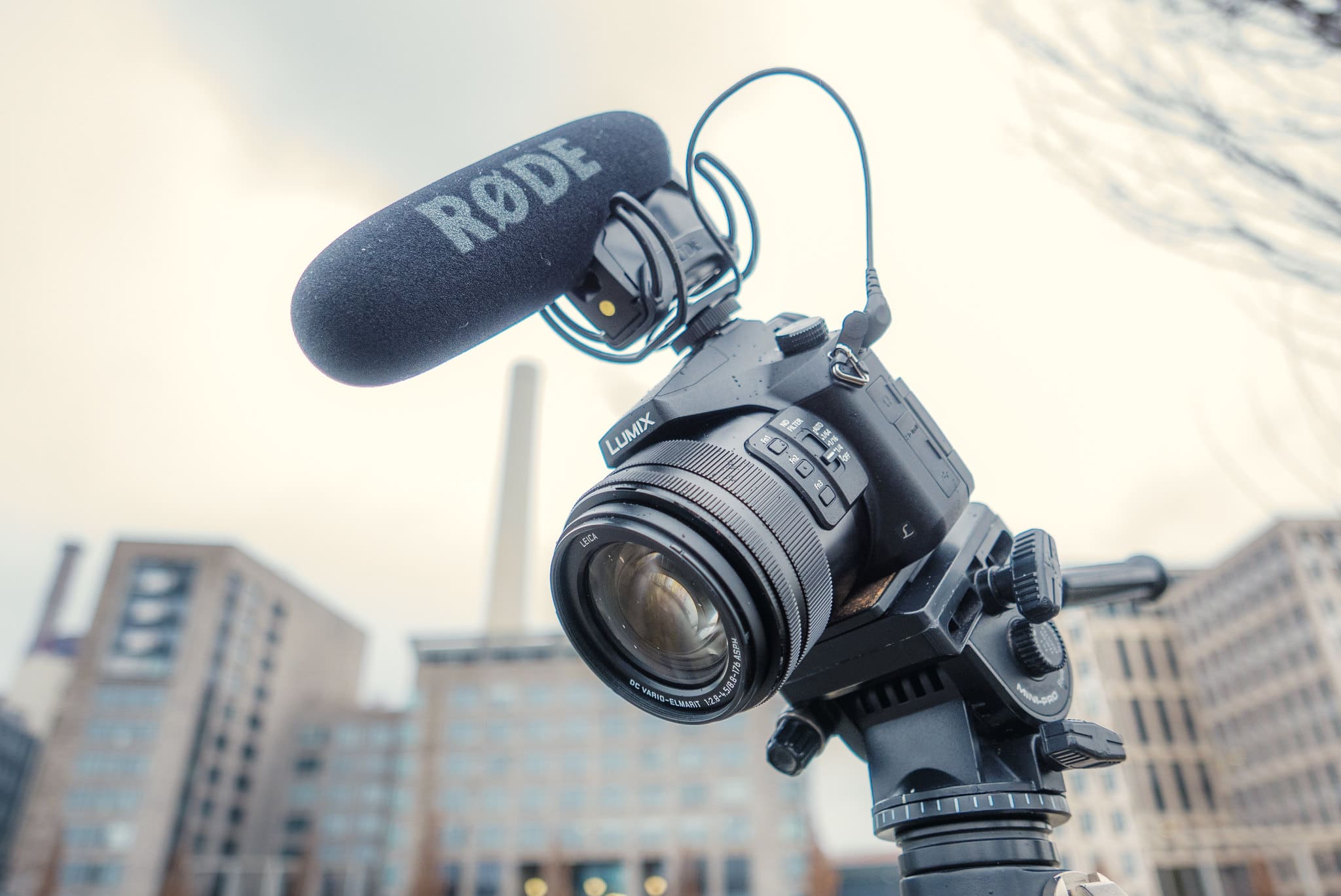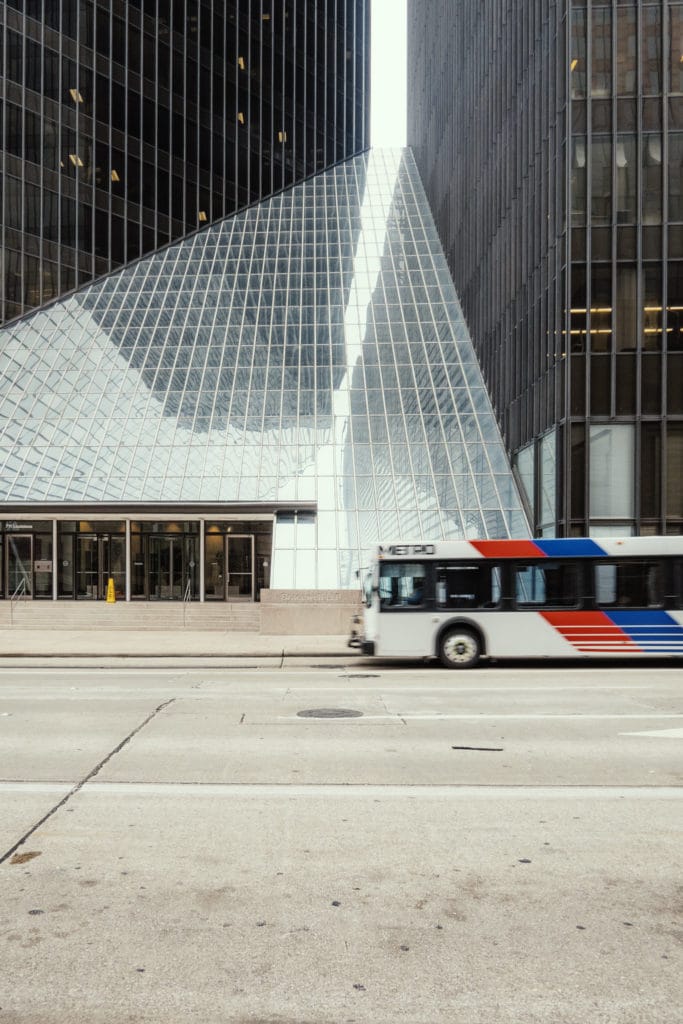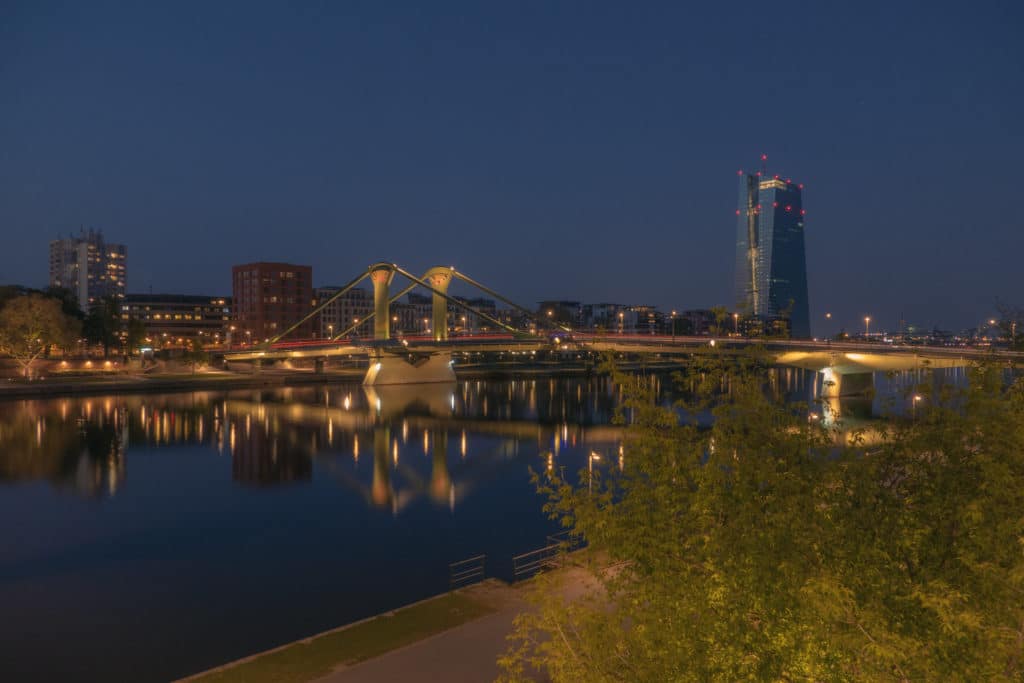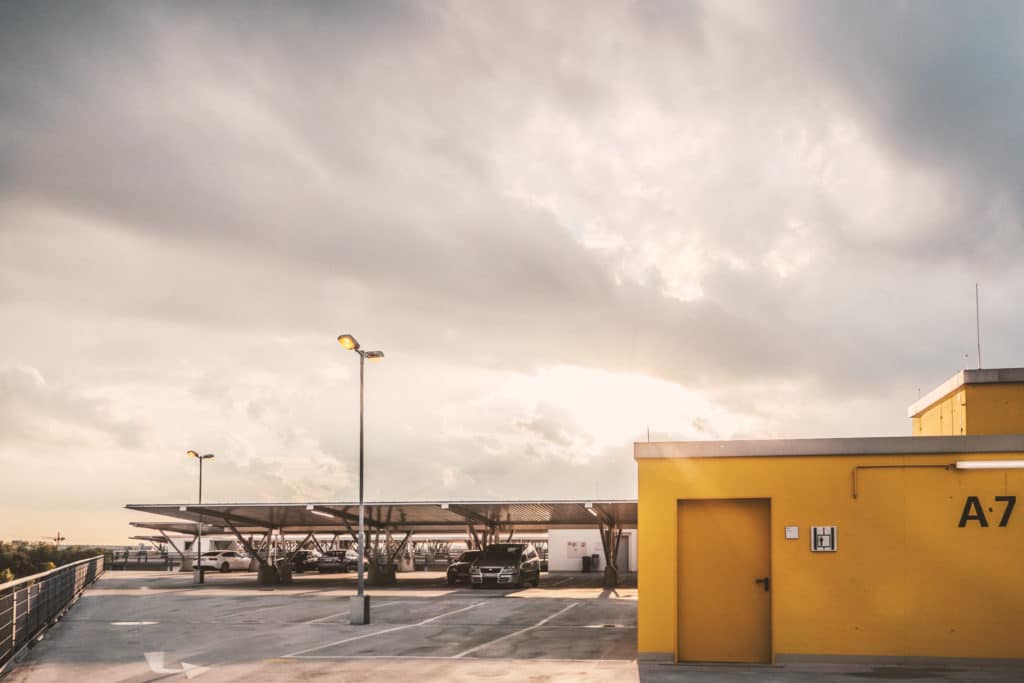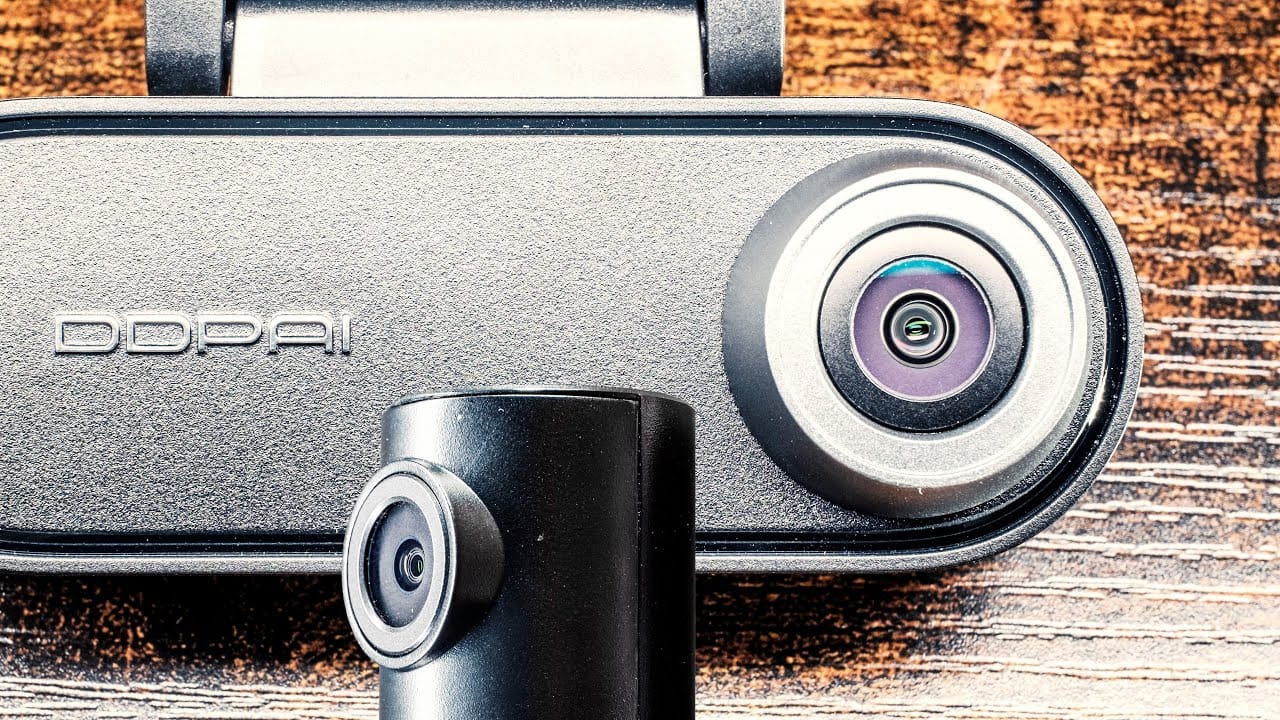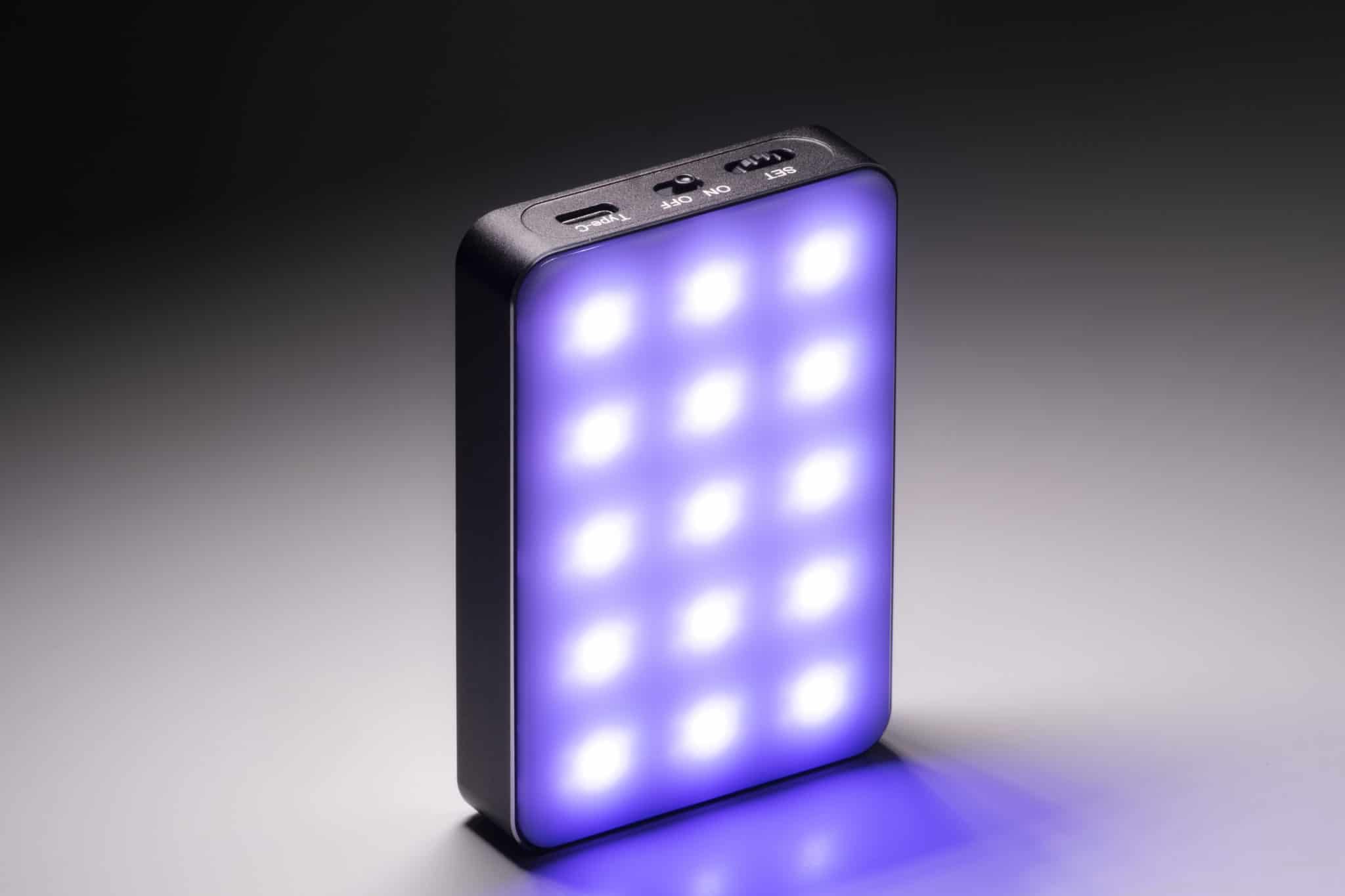It rarely happens that we forget to review a camera that we actually own but this is one of those times. Back in early 2017 we got the Panasonic FZ2000 also known as FZ2500 which is a fixed lens camera with a 1” sensor. It can shoot in UHD (3840×2160) up to 30 frames per second and in 4K DCI (4096×2160) up to 24fps. The camera has a very useful feature which makes it stand out in comparison to competitors. It can record for an unlimited amount of time in a single take, which is a big advantage for documentary or interview shoots.
You can watch the 10-minute video review below:
The first thing I noticed when I first got the camera where the buttons and switches on the side of the lens. There are three customizable function buttons but most importantly there is a ND filter switch. Yes, integrated neutral density filters to adjust exposure when filming under bright conditions. Usually that’s a feature that only professional camcorders or cinema cameras feature so it’s a great feature to have in a compact semi professional camera.
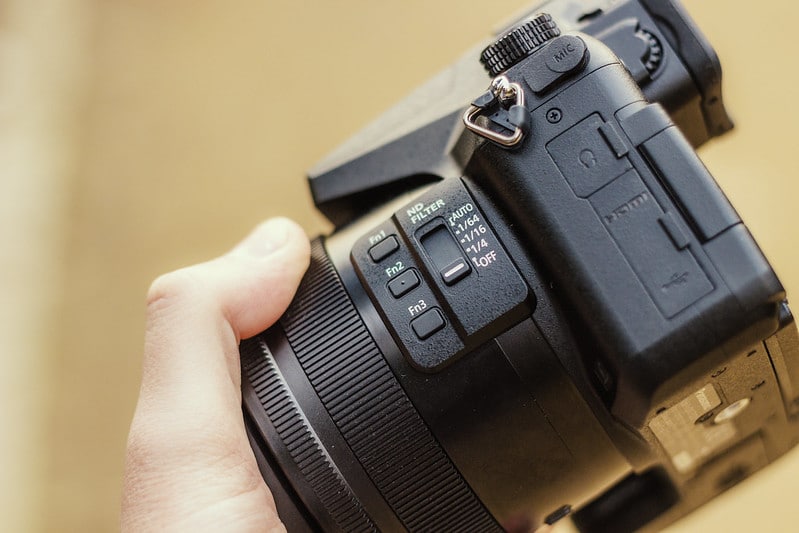
Even though it’s a fixed lens it’s not a fixed focal length but rather a long lens. It starts at 25mm at the wide end and zooms all the way to 500mm in 1080p but has a crop in 4K. It jumps from 25mm to 36mm and goes to 720mm. It has a maximum aperture of F/2.8 at the wide end and at 375mm it’s at F/4.5
The camera has most assist features like histogram, zebra, focus peaking and focus magnification when manually focusing. Besides a well-placed 3.5mm microphone jack the camera also has a headphone jack and a Micro HDMI connection.
The image stabilization works well in 4K and rolling shutter is obviously not an issue due to the small 1” sensor. In Full HD the camera has 5-Axis image stabilization which works very well.
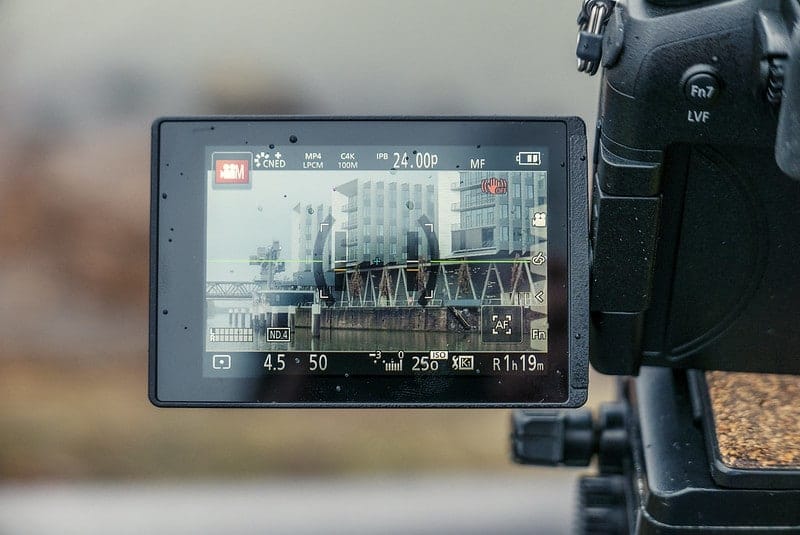
When it comes to the video quality the camera has its limits. Besides some standard picture profiles the FZ2500 also comes with two flat picture styles: Cinelike D and Cinelike V.
While it’s useful to have these flat look options, the dynamic range isn’t that good and the camera only captures 8-bit internally. The image gets noisy very quickly. That is not just noticeable when recording in Cinelike D or V but even with the Standard picture profile. For daylight shots this is less of an issue but when filming in low light or indoors without good lighting the image looks mushy. It is possible to connect the FZ2000 with an external recorder to get a 4:2:2 10-bit video but even that cannot get rid of the noise and weak dynamic range.
Another downside regarding the image quality is the extreme tele-photo focal range. The image is not very sharp above 200mm but rather soft. On the upside the close focusing distance is quite good which can turn this camera into a macro tool. Another advantage of the lens is fast zoom speed which is good for documentary or travel shoots to quickly re-frame a shot. The two rings on the lens can be used to focus and to zoom. The zoom ring isn’t very usable since the speed is too slow to quickly change the focal range, compared to the zoom lever on top of the hand grip.
Below is some sample footage we shot back in April 2017 in Houston, Texas:
Especially for bright days the electronic viewfinder (EVF) can come in handy. The detail and colors are good, so the EVF is a good alternative to using the flip out monitor.
Even though it’s quite common these days to have a swivel screen it was not when the camera was released back in late 2016. The touch screen is very responsive and can be used both for the menu but also during video recording to adjust settings like the audio level or focus.
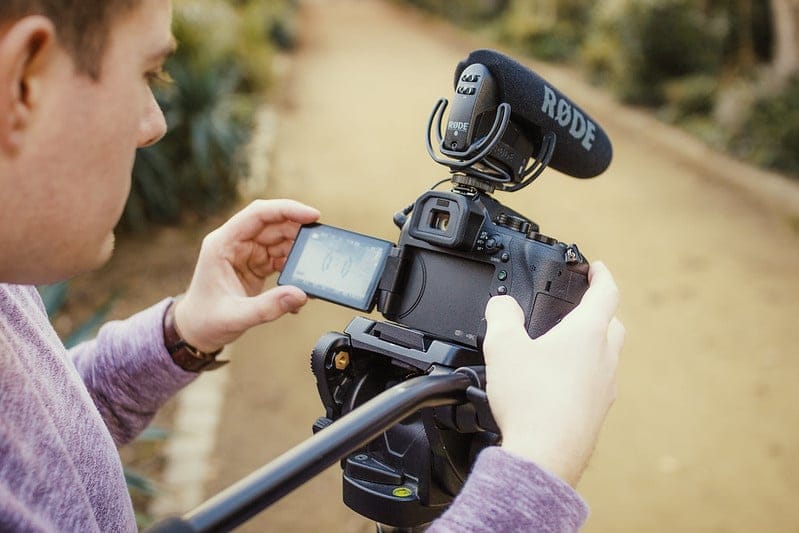
The menu is small and easy to navigate through and to get used to.
The continuous auto focus is unreliable just like in most older Panasonic cameras. Sometimes it works, sometimes it fails and hunts for a while only to decide to stay out of focus.
Of course the camera can also take photos in raw and JPEG which are much better in terms of dynamic range compared to the video files. Once again the camera has a different crop in photo mode. It goes from 24mm to 480mm so it’s a little wider than when recording video in 1080p.
I used the camera in the past quite often to shoot cityscape timelapses because of the deep depth of field and the fast and easy to use timelapse mode. The camera saves both a video file which can be good as a preview and JPEG or raw files.
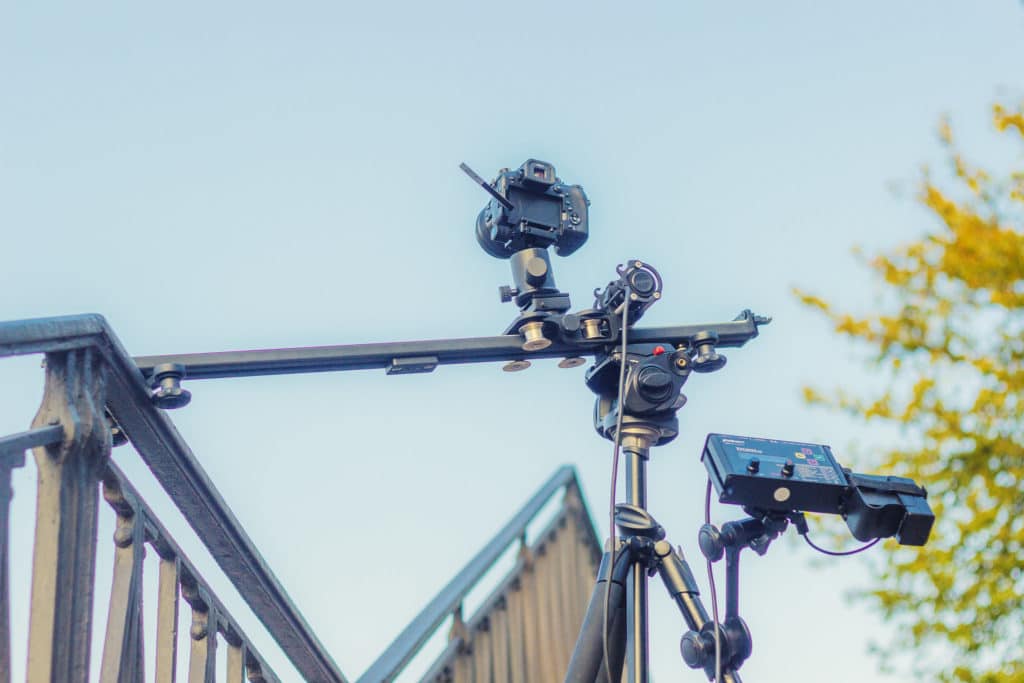
One thing I am still surprised by is the good battery performance which comes in handy because of the unlimited recording time. In 1080p it’s possible to record up to two hours constantly with just one battery charge.
When looking at the size of the FZ2500 it’s certainly not a point-and-shoot camera but rather a mid-range DSLR body. When turning the camera on, which is surprisingly quick, the lens extends even when staying at the wide end.
The ergonomics are good and the camera fits well into my hand when shooting hand-held. The rubber grip is good to hold and the lens gives extra stability to hold on to with my left hand close to the focus ring. The rest of the body is made from plastic so it doesn’t feel like a premium body.
The button placement mostly makes sense except for the dedicated movie record button that is too far back to be triggered with the pointy finger when shooting hand-held. But recording can also be started and stopped with the photo trigger, as long as the camera is set to movie mode.
The Panasonic FZ2000 is a mixed bag but surely fun to shoot with. The main downsides are the low dynamic range and noisy image, combined with the lack of shallow depth of field due to the aperture of F/4.5. Of course shallow depth of field is not always necessary so for certain uses this might be an advantage. The crop in 4K is another issue but on the upside if you only need HD, the camera is less limited because of the wider field of view, long battery life and the 5-Axis image stabilization. And let’s not forget the integrated ND filter which is a big deal for video shooters.
In the end the FZ2500 is a camcorder with better photo capabilities, packed in a different body. It could be a useful tool for journalists, travelers, wildlife photographers or documentary filmmakers.
You can purchase the Panasonic Lumix DMC-FZ2500 by using our affiliate link, which doesn’t add any extra cost for you supports our blog.
Written by filmmaker Moritz Janisch on September 14, 2020
